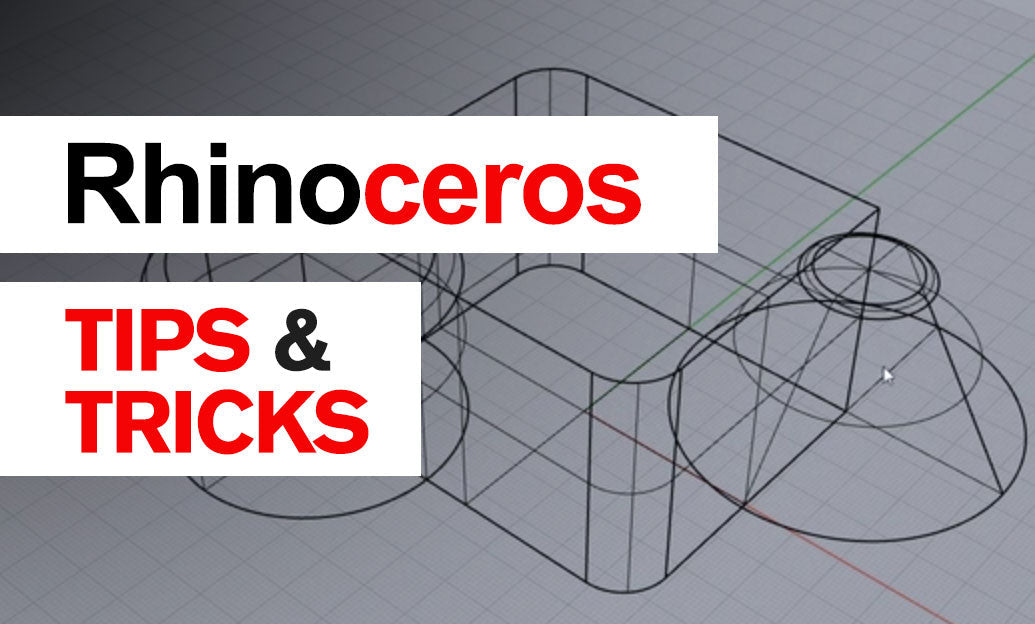Your Cart is Empty
The aerospace industry stands at the forefront of technological innovation, where the precision and reliability of design software are not merely beneficial but essential. Among the plethora of tools available, PTC Creo emerges as a transformative asset, reshaping the landscape of aerospace design and manufacturing with its advanced capabilities.
Advanced Modeling and Simulation Capabilities
PTC Creo sets a benchmark in the industry with its seamless integration of parametric and direct modeling techniques. This duality allows engineers to meticulously craft complex aerospace components with unparalleled precision. The software's enhanced simulation features further augment its utility, offering comprehensive analyses for structural, thermal, and fluid dynamics. Such capabilities enable designers to predict real-world performance with a high degree of accuracy, significantly reducing the need for physical prototyping.
- Real-world performance predictions
- Reduction in physical prototyping requirements
Improved Collaboration and Data Management
In the realm of aerospace design, collaboration is key. PTC Creo fosters a cohesive environment where design and manufacturing teams can seamlessly work together. Through its integration with Windchill, secure data management and sharing become the norm, not the exception. This synergy ensures centralized access to crucial design data, accelerating design review and approval processes significantly.
- Centralized access to design data
- Accelerated design review and approval processes
Accelerated Design Iterations with Generative Design
The advent of AI-driven algorithms in PTC Creo's generative design functionality represents a paradigm shift in aerospace component design. By leveraging these sophisticated algorithms, engineers can explore a wider array of design alternatives without the traditional constraints. This not only reduces design cycle times but also pushes the boundaries of innovation, allowing for optimized component designs that were once deemed impractical.
Additive Manufacturing and 3D Printing Integration
Embracing the future, PTC Creo provides robust support for additive manufacturing and 3D printing processes. Its Design for Additive Manufacturing (DfAM) tools are meticulously crafted to guide material selection and optimize print strategy. Such integration simplifies the design process, enabling engineers to reduce assembly complexity through part consolidation and fine-tune the manufacturing approach for aerospace components.
- Material selection and print strategy optimization
- Reduction of assembly complexity through part consolidation
Enhanced Product Lifecycle Management (PLM)
At the heart of PTC Creo's offering lies a comprehensive suite of Product Lifecycle Management (PLM) solutions, meticulously tailored for the aerospace industry. This suite not only streamlines the design and manufacturing processes but also integrates maintenance, repair, and overhaul (MRO) operations. Such holistic management ensures improved product reliability and safety while extending the product lifecycle with valuable predictive maintenance insights.
In conclusion, PTC Creo is not just a tool but a pivotal force in the aerospace industry, driving efficiency and innovation in design and manufacturing processes. With its unparalleled capabilities in modeling, simulation, and additive manufacturing, combined with AI-driven generative design and comprehensive PLM solutions, PTC Creo is reshaping the future of aerospace design and manufacturing. As we look forward, the impact of PTC Creo on the aerospace sector is poised to further enhance, promising even greater levels of efficiency and innovation.







